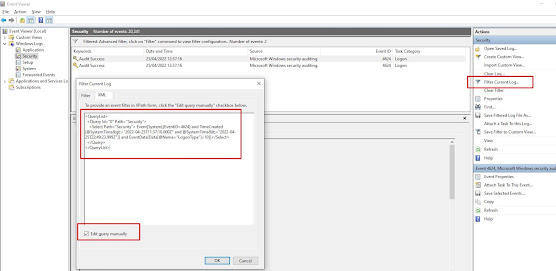http://wiki.asp.net/page.aspx/1014/aspnet-mvc-best-practices
The ASP.NET MVC is becoming more and more popular each day. As the application grows in size so does the maintenance nightmare. Following are some of the better practices, that if followed, may help maintain our application and also provides a means of scalability as the demand increases. Feel free to add/update practices/tips as required.
Do note that this checklist are just for quick reference and are not detailed materials and can be used as a quick reference.
- Isolate Controllers
Isolate the controllers from dependencies on HttpContext, data access classes, configuration, logging etc. Isolation could be achieved by creating wrapper classes and using an IOC container for passing in these dependencies - IoC Container
Use an IoC container to manage all external dependencies The following are some of the well known containers/framework.- Ninject
- Autofac
- StructureMap
- Unity Block
- Castle Windsor
- No "magic strings"
Never use magic string in your code. More to come on this. - Create a ViewModel for each view
Create a specialized ViewModel for each view. The role of ViewModel should only be databinding. It should not contain any presentation logic. - HtmlHelper
For generating view html use HtmlHelper. If the current HtmlHelper is not sufficient extend it using extension methods. This will keep the design in check. - Action Methods
Decorate your action methods with appropriate verbs like Get or Post as applicable. - Caching
Decorate your most used action methods with OutputCache attribute.
- Controller and Domain logic
Try to keep away domain logic from controller. Controller should only be responsible for- Input validation and sanitization.
- Get view related data from the model.
- Return the appropriate view or redirect to another appropriate action method.
- Use PRG pattern for data modification
PRG stands for Post-Redirect-Get to avoid the classic browser warning when refreshing a page after post. Whenever you make a POST request, once the request completes do a redirect so that a GET request is fired. In this way when the user refresh the page, the last GET request will be executed rather than the POST thereby avoiding unnecessary usability issue. It can also prevent the initial request being executed twice, thus avoiding possible duplication issues.
- Routing
Design your routes carefully. The classic route debugger comes to rescue http://haacked.com/archive/2008/03/13/url-routing-debugger.aspx
- There should be no domain logic in the views. Views must be, only, responsible for showing the data.
- Views should not contain presentation logic
Views should not contain any presentation logic. For e.g. If a "Delete" button is to be displayed only for "Admin" role this should be abstracted away in an Html Helper. This is just an example and there will be many scenarios which will require this abstraction for easy maintenance of views.
- Use POST for "Delete" links instead of GET
Using Delete links (GET) is more vulnerable than using POST. Here is a detailed post on this along with a couple of alternatives.
http://stephenwalther.com/blog/archive/2009/01/21/asp.net-mvc-tip-46-ndash-donrsquot-use-delete-links-because.aspx


Hi Merrick,
ReplyDeleteThanks for posting nice tips.For me most valuable points are
1.Use PRG pattern for data modification
2.Views should not contain presentation logic
3.Use POST for "Delete" links instead of GET
Thanks for sharing.Keep up the good work.
I have written a post about "How to Use Asp.Net MVC Routing Debugger Visualizer ?".
DeleteCheck this out.
http://sampathloku.blogspot.com/2012/12/how-to-use-aspnet-mvc-routing-debugger.html